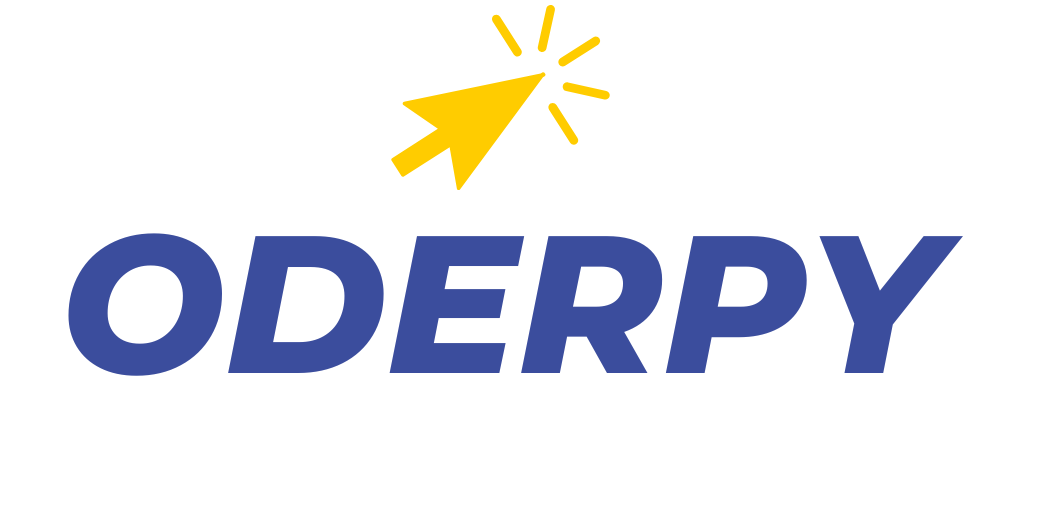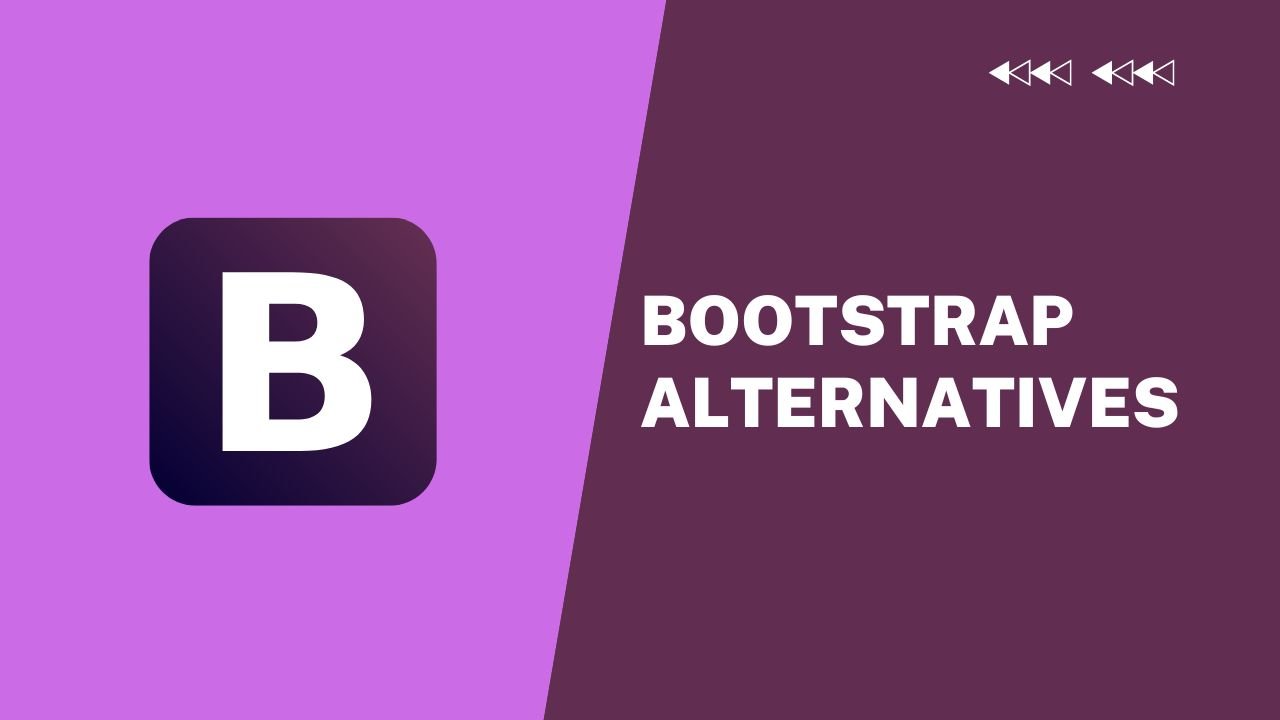Introduction: Why Look Beyond Bootstrap?
Bootstrap alternatives have gained attention in recent years as developers explore options beyond the decade-long dominance of Bootstrap—a front-end framework known for its responsive grid system, pre-built UI components, and mobile-first approach. For years, it has been the go-to solution for both beginners and seasoned developers seeking to build responsive websites efficiently.
The Rise and Reign of Bootstrap
Since its release by Twitter in 2011, Bootstrap has dominated the landscape of front-end development. Its simplicity and plug-and-play components gave developers a reliable foundation to build upon, especially when timelines were tight.
Limitations That Make Developers Seek Bootstrap Alternatives
However, as web design trends have shifted toward minimalism, performance, and component-based development, Bootstrap’s rigid styling, heavy CSS/JS bundles, and opinionated structure have become limitations. Many developers now search for an alternative to Bootstrap that offers more flexibility, better performance, or a modern development experience.
What You’ll Discover in This Guide
This guide introduces you to seven powerful Bootstrap alternatives that are changing how developers build websites. Whether you’re looking for a lightweight framework, a more customizable solution, or simply a better alternative to Bootstrap, you’re in the right place.
Find More: XNSPY Review 2025
7 Game-Changing Bootstrap Alternatives You’ve Probably Never Tried
1. Bulma: The Modern Flexbox-Powered Framework
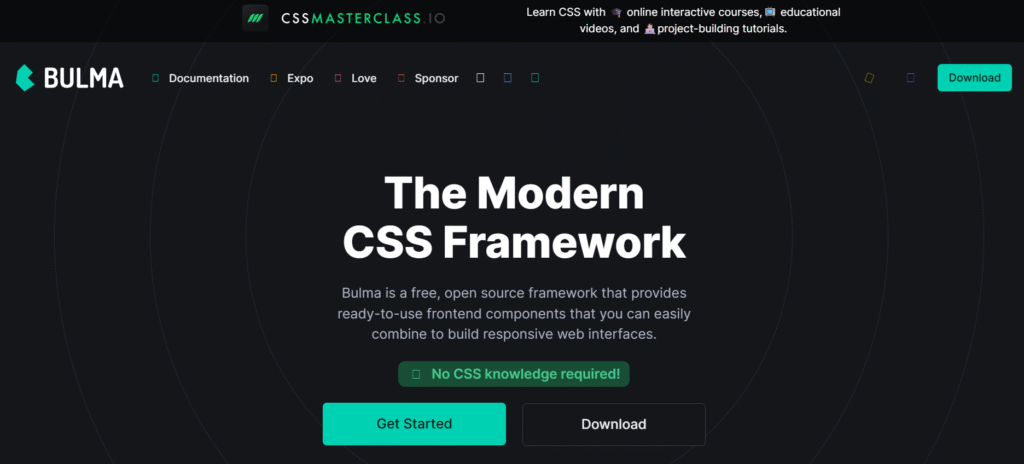
Bulma is a CSS-only framework built entirely on Flexbox, making layout management simple and intuitive. It’s clean, modern, and modular, allowing you to import only the components you need.
-
✅ Why it’s a great Bootstrap alternative: No JavaScript dependency. Fully responsive and easy to customize.
-
💡 Best for: Developers who want clean, semantic HTML and a grid-first mindset.
2. Tailwind CSS: The Utility-First Powerhouse

Tailwind CSS has taken the web development world by storm. Unlike Bootstrap, it doesn’t come with ready-made components. Instead, it offers low-level utility classes that give you full design control.
-
✅ Why it’s a better alternative to Bootstrap: Highly customizable, encourages component-based design, and promotes clean code reuse.
-
💡 Best for: Developers building custom UIs or working with React, Vue, or other JavaScript frameworks.
3. Foundation by Zurb: Feature-Rich & Accessible
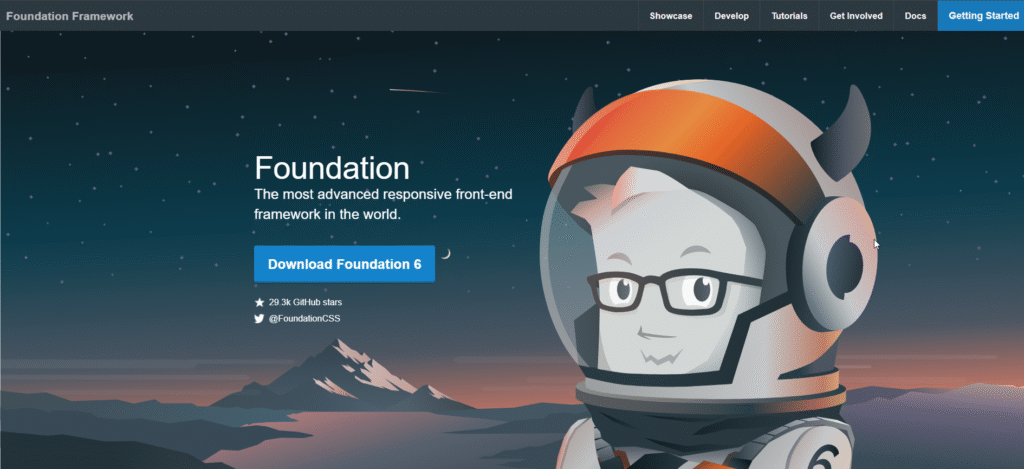
Foundation is often considered the professional alternative of Bootstrap. It comes with responsive grids, UI components, accessibility features, and more robust JavaScript tools.
-
✅ Why it’s a solid alternative to Bootstrap: It’s designed for scalability and enterprise-grade projects.
-
💡 Best for: Teams working on large-scale or accessibility-focused websites.
4. Materialize: Google’s Material Design in Action
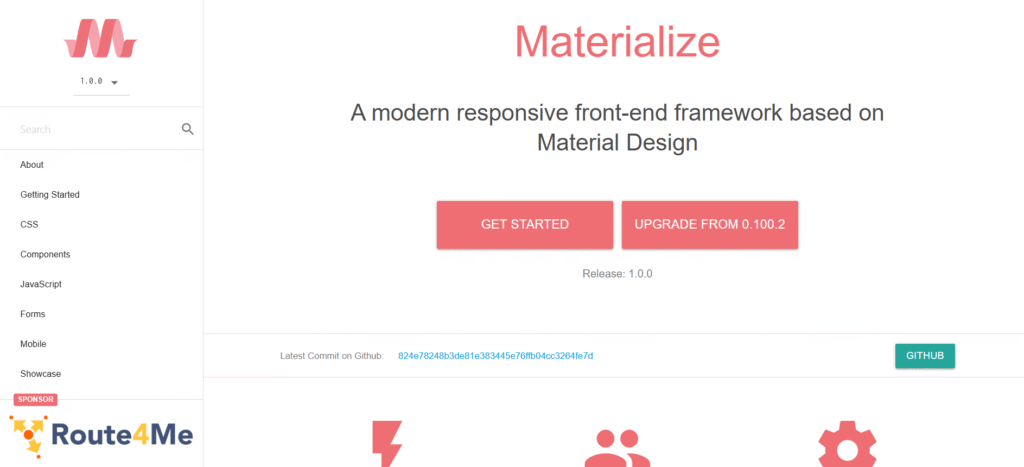
Materialize brings Google’s Material Design principles to life with a comprehensive CSS and JS framework. It offers pre-styled components, animations, and mobile responsiveness out of the box.
-
✅ Why it’s an interesting Bootstrap alternative: Stylish UI components with minimal configuration.
-
💡 Best for: Developers who want fast design implementation and Material Design aesthetics.
5. UIkit: Lightweight and Modular
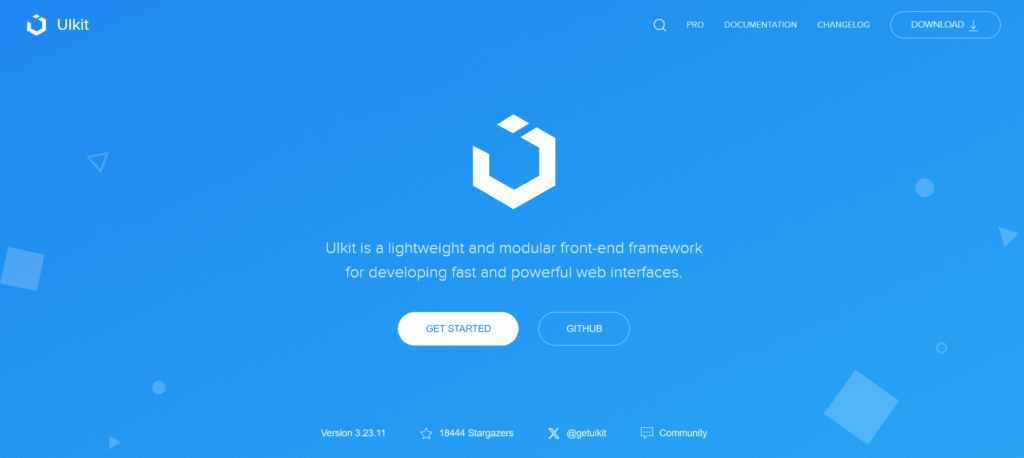
UIkit is a fast and minimalist front-end framework designed with modern apps in mind. It features a modular architecture and a flexible grid system.
-
✅ Why it’s a viable alternative of Bootstrap: Clean syntax, small file size, and powerful component library.
-
💡 Best for: Developers seeking a balance between structure and flexibility.
6. Spectre.css: A Classy Minimalist Option
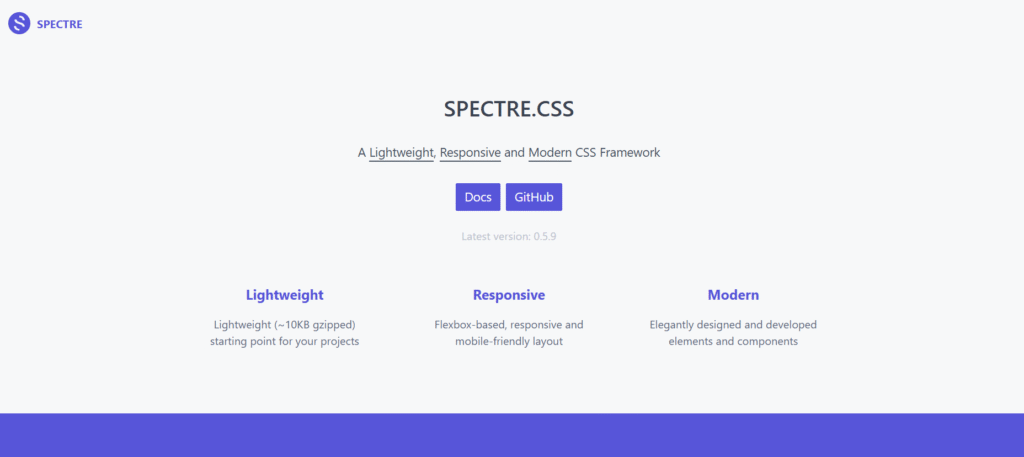
If you’re after a lightweight alternative to Bootstrap, Spectre.css is a great choice. It’s simple, unopinionated, and includes basic styles and layout tools.
-
✅ Why it’s a smart Bootstrap alternative: Only 10KB minified. Ideal for minimal or performance-critical projects.
-
💡 Best for: Developers who want to add just enough structure without the bloat.
7. Pico.css: The Classless Framework That Just Works

Pico.css is a relatively new player that focuses on classless CSS. You can build aesthetically pleasing websites without writing a single class name.
-
✅ Why it’s a unique alternative of Bootstrap: Fast, modern, and works with semantic HTML by default.
-
💡 Best for: Landing pages, portfolios, or rapid prototyping.
How to Choose the Right Bootstrap Alternative for Your Project
With so many alternatives to Bootstrap available, it’s important to evaluate them based on your specific needs.
Consider Project Complexity and Customization Needs
Do you need a simple landing page or a scalable enterprise app? If you need fast development with pre-styled components, frameworks like Materialize or Bulma might be a good fit. For custom interfaces, Tailwind CSS gives unmatched flexibility.
Performance, File Size, and Speed
Performance is crucial. Frameworks like Spectre.css and Pico.css are ultra-lightweight and ideal when speed and low file size matter.
Community Support and Documentation
Bootstrap thrives because of its vast community and documentation. While some bootstrap alternatives like Tailwind and Foundation have solid ecosystems, others may have fewer resources. Choose based on your comfort level and support needs.
Learning Curve and Developer Experience
Tailwind CSS has a steeper learning curve due to its utility-first approach, but it pays off in flexibility. UIkit and Bulma are more intuitive for those familiar with Bootstrap’s class structure.
Conclusion: Which Bootstrap Alternative Will You Try First?
It’s clear that the world of front-end development has grown beyond Bootstrap. Whether you’re building a portfolio, a SaaS dashboard, or a blog, there’s an alternative to Bootstrap that fits your workflow better.
Summary of Key Takeaways:
-
💡 Bootstrap is great, but not always the best tool for modern needs.
-
💡 There are many better alternatives to Bootstrap that offer speed, flexibility, and design freedom.
-
💡 Choosing the right framework depends on your goals, tech stack, and experience.
Ready to try something new?
Find More: Boost Your Sales With SEO Services
FAQs About Bootstrap Alternatives
1. Are Bootstrap alternatives better than Bootstrap itself?
Not always — it depends on your project. For highly custom UIs or minimalist design, many developers prefer an alternative of Bootstrap like Tailwind CSS or Pico.css.
2. Which is the easiest framework to learn for beginners?
Bulma and Materialize are great choices if you’re new to CSS frameworks. Their class names are easy to remember, and the documentation is beginner-friendly.
3. Do these frameworks support mobile responsiveness?
Yes, all the alternatives to Bootstrap listed here are mobile-first and responsive by default.
4. Can I use Bootstrap and another framework together?
Technically yes, but not recommended due to potential CSS conflicts. Pick one to keep your code clean.
5. What is the lightest alternative to Bootstrap?
Pico.css and Spectre.css are the lightest in this list — perfect for when performance is a priority.
